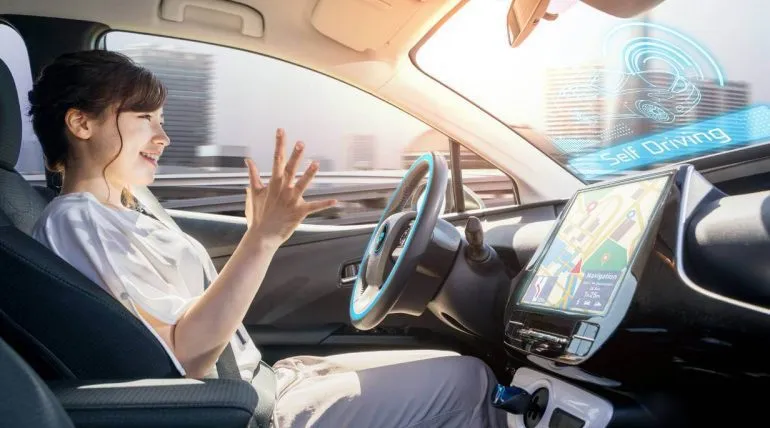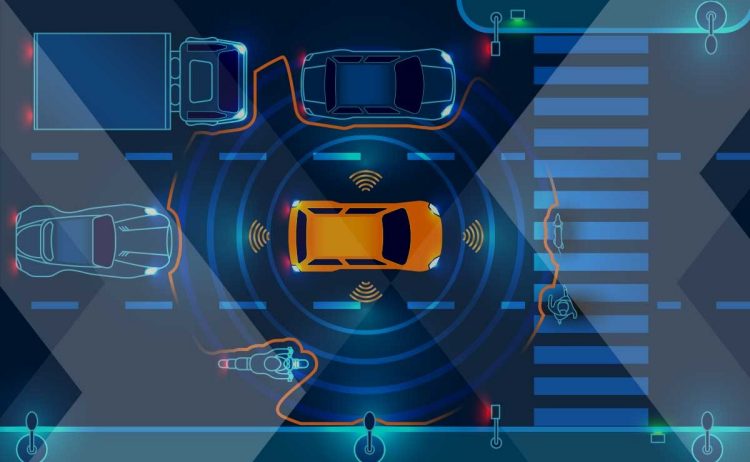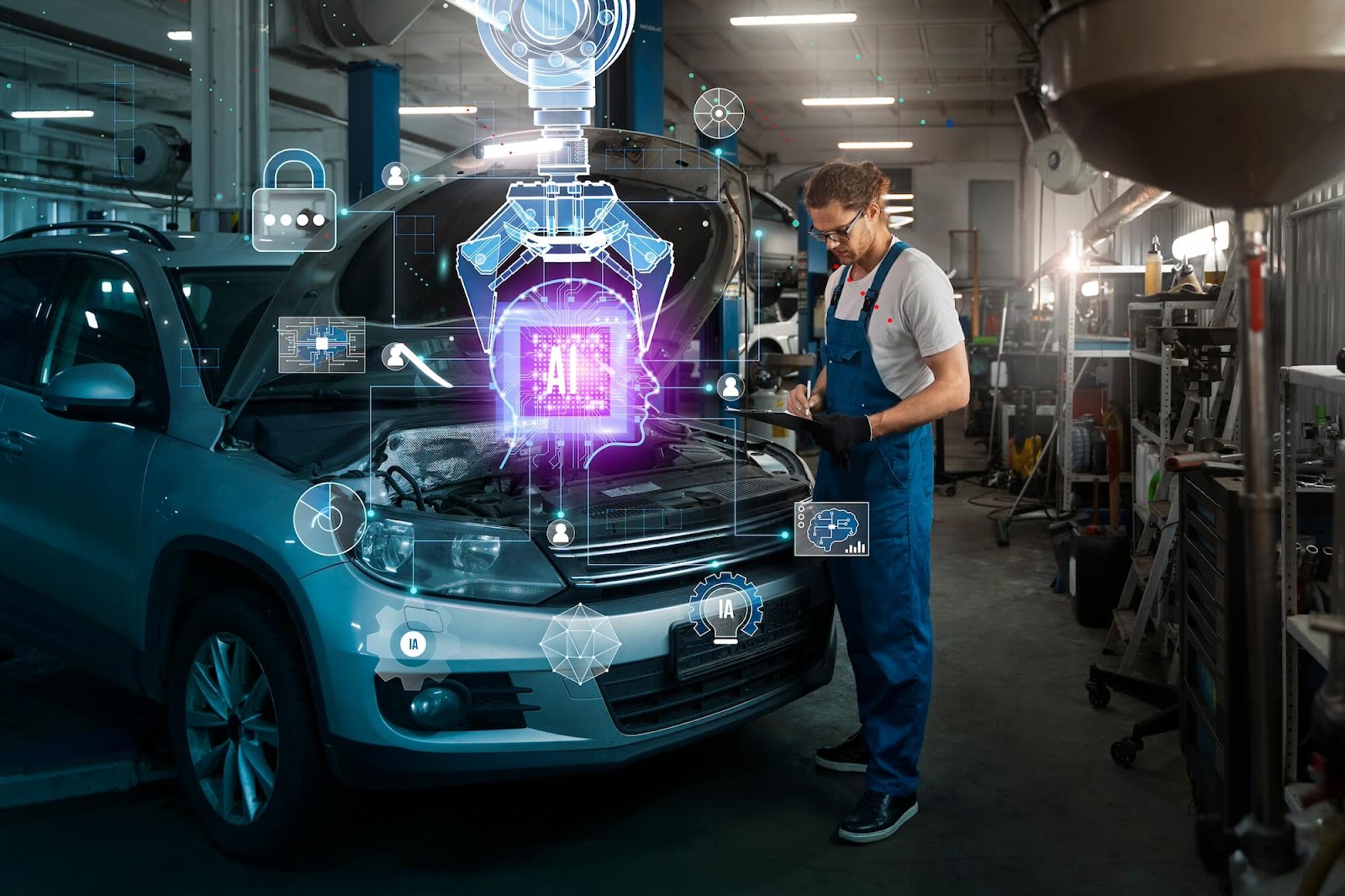Top 10 Automotive Trends Shaping the Future
Discover the top 10 automotive trends revolutionizing how we drive and interact with vehicles today. Stay ahead of the curve.

The automotive industry is at a pivotal moment, with automotive trends shaping the future of how we drive and interact with vehicles. These trends not only promise to enhance the driving experience but also aim to address some of the pressing environmental issues of our times. As technology advances and consumer preferences evolve, the automotive world adapts, leading to groundbreaking innovations and shifts in the industry. In this article, we explore the top 10 automotive trends revolutionizing our roads and the very concept of mobility.
Exploring the Key Automotive Trends Shaping Our Future
These top trends highlight how the industry is rapidly changing, combining technology, sustainability, and connectivity to redefine automotive standards. Let's delve into each trend and understand its impact on the future of driving.
List of Top Choices
- Electrification
- Autonomous Vehicles
- Connected Cars
- Sustainability
- Shared Mobility
- Artificial Intelligence (AI)
- Advanced Driver Assistance Systems (ADAS)
- Personalization and Customization
- Vehicle-to-Infrastructure (V2I) Communication
- Cybersecurity
Electrification

- Reduction in greenhouse gas emissions
- Advancements in battery technology
- Increasing number of electric vehicle (EV) charging stations
- Government incentives for EV purchases
Electrification is swiftly changing the automotive landscape. This trend focuses on shifting from internal combustion engines to electric powertrains. It is largely driven by the need to reduce greenhouse gas emissions and reliance on fossil fuels. With significant advancements in battery technology and an expanding network of EV charging stations, electric vehicles are becoming more accessible and practical for the average consumer. Moreover, many governments around the world are offering incentives to encourage EV purchases, further accelerating this trend. Electrification not only promises a cleaner, more sustainable future but also offers an enhanced driving experience with quieter and quicker vehicles.
Autonomous Vehicles

- Increased safety through reduced human error
- Efficiency improvements in traffic flow
- Enhanced mobility for the elderly and disabled
Autonomous vehicles (AVs) promise to revolutionize our roads by significantly increasing safety, streamlining traffic flow, and providing mobility solutions for those unable to drive, such as the elderly and disabled. By reducing human error, the primary cause of most road accidents today, AVs are expected to drastically cut the number of road fatalities. Furthermore, the introduction of AVs is anticipated to optimize traffic flow through synchronized driving patterns, thereby increasing overall traffic efficiency and reducing congestion. This emerging technology is not just about making transportation safer and more efficient; it's about creating inclusive mobility solutions that cater to all segments of the population.
Connected Cars

- Real-time traffic and weather updates
- Remote vehicle monitoring and control
- Enhanced in-vehicle entertainment and productivity
As vehicles become more integrated with internet connectivity, the era of connected cars is upon us, transforming the driving experience with features that provide real-time updates, remote functionalities, and unparalleled in-car entertainment. Drivers can receive up-to-the-minute traffic and weather updates, enabling more efficient route planning. Remote vehicle monitoring and control features offer convenience and peace of mind, allowing for actions like remote start or vehicle location tracking. Additionally, the enhancement of in-vehicle entertainment and productivity tools ensures that passengers can enjoy a wide range of online services and content, making every journey more enjoyable and efficient.
Sustainability

- Use of recycled and eco-friendly materials in vehicle production
- Development of fuel-efficient and low-emission vehicles
- Implementation of sustainable manufacturing processes
Sustainability in the automotive industry is increasingly becoming a priority as manufacturers strive to minimize their environmental footprint. This is visible in the shift towards using recycled and eco-friendly materials in vehicle construction, which not only reduces waste but also lessens the overall environmental impact of new vehicles. Additionally, the development of fuel-efficient and low-emission vehicles is a direct response to the global demand for cleaner transportation options. Sustainable manufacturing processes further demonstrate the industry's commitment to environmental stewardship, incorporating energy-efficient practices and reducing pollution across the production cycle. Together, these efforts represent a holistic approach to embracing sustainability within the automotive realm.
Shared Mobility

- Rise of ride-sharing and car-pooling platforms
- Reduction in personal vehicle ownership
- Contribution to congestion mitigation and pollution reduction
Shared mobility, characterized by the rise of ride-sharing and car-pooling platforms, is transforming urban transportation landscapes around the world. This trend is gradually leading to a reduction in personal vehicle ownership, as more people opt for these convenient and economical transport options. Shared mobility not only offers an effective solution to urban congestion but also plays a significant role in reducing vehicular pollution. By maximizing vehicle occupancy, these services contribute to a more efficient use of resources and a cleaner environment, highlighting the potential of collaborative consumption in achieving sustainable urban mobility.
Artificial Intelligence (AI)

- Integration of AI in driver assistance systems
- Use of AI for predictive vehicle maintenance
- AI-driven customization of driving experiences
Artificial Intelligence (AI) is rapidly becoming a cornerstone technology in the automotive industry, significantly enhancing vehicle functionality and user experience. AI integration in driver assistance systems is making driving safer and more intuitive, by providing features such as adaptive cruise control and emergency braking that adapt to real-time road conditions. Predictive vehicle maintenance, powered by AI, is another groundbreaking application, enabling early detection of potential issues and scheduling proactive maintenance, thereby reducing downtime and repair costs. Moreover, AI-driven customization offers a personalized driving experience by tailoring vehicle settings and functionalities according to individual preferences, marking a new era in automotive innovation.
Advanced Driver Assistance Systems (ADAS)

- Enhancement of vehicle safety
- Support for drivers in navigation and parking
- Facilitation of semi-autonomous driving features
Advanced Driver Assistance Systems (ADAS) represent a significant leap forward in enhancing on-road safety and driving convenience. By augmenting the driver's capabilities with features such as lane keeping assistance, adaptive cruise control, and automated parking, ADAS systems support safer navigation and reduce the likelihood of accidents. These technologies not only help in mitigating the stress associated with driving but also lay the groundwork for the future of semi-autonomous and fully autonomous vehicles. As these systems continue to evolve, they herald a future where driving is not just safer but more enjoyable.
Personalization and Customization

- Wide range of customization options for buyers
- Adaptation of vehicles to individual lifestyles and needs
- Use of digital platforms for vehicle configuration
The trend towards personalization and customization in the automotive industry reflects the growing desire of consumers to have vehicles that mirror their individual lifestyles and preferences. Automakers are responding by offering a broader range of customization options that allow buyers to tailor everything from exterior colors and finishes to interior fabrics and infotainment features. Digital platforms are playing a crucial role in this trend, enabling customers to configure their dream vehicles online before making a purchase. This movement towards more personalized vehicles is not only enhancing customer satisfaction but also redefining the relationship between automakers and their customers.
Vehicle-to-Infrastructure (V2I) Communication

- Improved traffic management and road safety
- Enhanced efficiency in transportation systems
- Facilitation of information exchange between vehicles and road infrastructure
Vehicle-to-Infrastructure (V2I) communication is set to revolutionize the way we navigate our roads by facilitating a seamless exchange of information between vehicles and road infrastructure. This technology promises improved traffic management and road safety by providing drivers with real-time updates about traffic conditions, road hazards, and optimal travel routes. V2I also aims to enhance the overall efficiency of transportation systems by reducing congestion and enabling coordinated vehicle movements. As this technology matures, it will play a pivotal role in supporting the development of smart cities and autonomous driving.
Cybersecurity

- Protection against vehicle hacking and data theft
- Development of robust security protocols for connected vehicles
- Regular software updates and patches to safeguard vehicle systems
In an era where vehicles are becoming increasingly connected, cybersecurity has emerged as a critical concern for automakers and consumers alike. Ensuring protection against vehicle hacking and data theft is paramount, as the implications of a security breach could be disastrous. Automakers are investing heavily in developing robust security protocols for connected vehicles, including the implementation of encrypted communications and secure software architectures. Additionally, regular software updates and patches are essential to safeguard vehicle systems against emerging threats. As the automotive industry continues to evolve, cybersecurity will remain a top priority, ensuring that advances in technology do not compromise user safety or privacy.
In conclusion, the automotive industry is undergoing a significant transformation, driven by advancements in technology and a growing commitment to sustainability and safety. Trends like electrification, autonomous vehicles, connected cars, and advanced driver assistance systems are not just reshaping how we think about mobility but are also setting new standards for environmental responsibility, convenience, and personalization in transportation. As these trends continue to evolve and interconnect, they promise to create a future where driving is safer, more efficient, and more enjoyable. The automotive world is on the brink of a new era, fueled by innovation and a vision for a better, more connected future on the roads.
What's Your Reaction?


































































